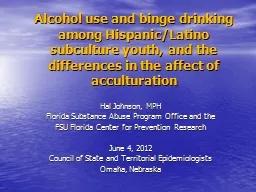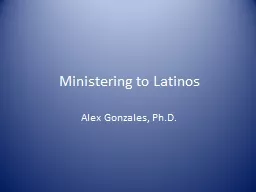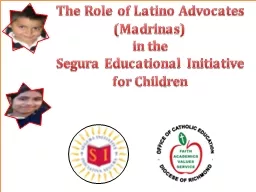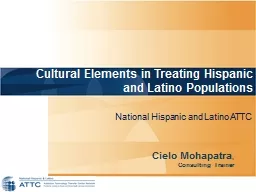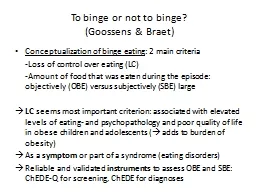PPT-Alcohol use and binge drinking among Hispanic/Latino subcul
Author : karlyn-bohler | Published Date : 2015-10-27
Hal Johnson MPH Florida Substance Abuse Program Office and the FSU Florida Center for Prevention Research June 4 2012 Council of State and Territorial Epidemiologists
Presentation Embed Code
Download Presentation
Download Presentation The PPT/PDF document "Alcohol use and binge drinking among His..." is the property of its rightful owner. Permission is granted to download and print the materials on this website for personal, non-commercial use only, and to display it on your personal computer provided you do not modify the materials and that you retain all copyright notices contained in the materials. By downloading content from our website, you accept the terms of this agreement.
Alcohol use and binge drinking among Hispanic/Latino subcul: Transcript
Download Rules Of Document
"Alcohol use and binge drinking among Hispanic/Latino subcul"The content belongs to its owner. You may download and print it for personal use, without modification, and keep all copyright notices. By downloading, you agree to these terms.
Related Documents

